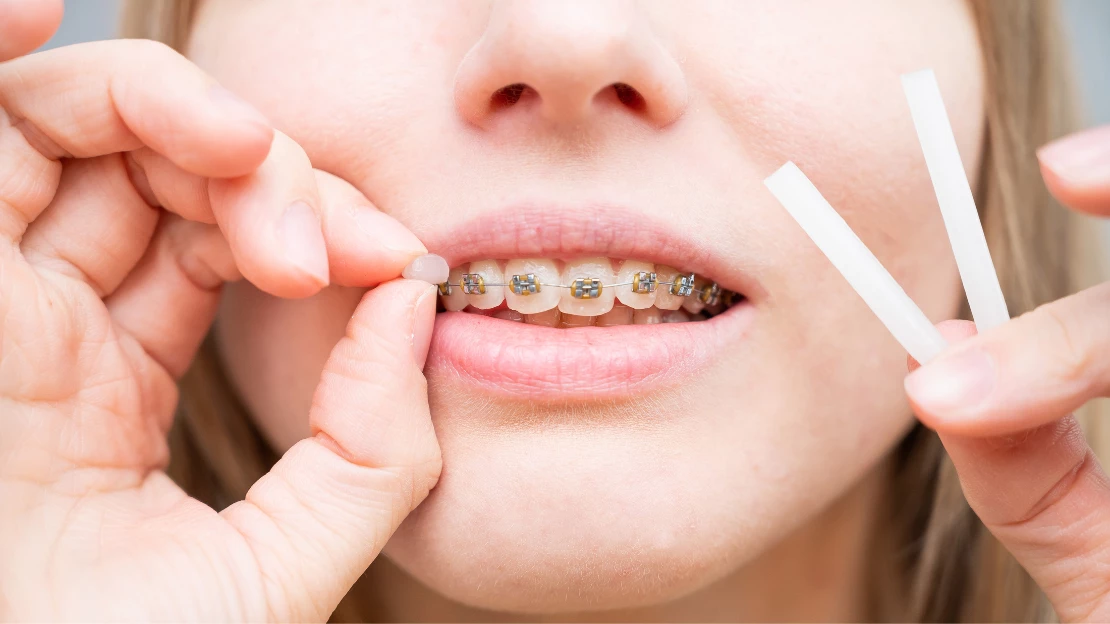The Basic Principles Of Legacy Orthodontics
The Basic Principles Of Legacy Orthodontics
Blog Article
All about Legacy Orthodontics
Table of ContentsGetting The Legacy Orthodontics To WorkA Biased View of Legacy OrthodonticsThe Ultimate Guide To Legacy OrthodonticsUnknown Facts About Legacy OrthodonticsThe Main Principles Of Legacy Orthodontics
In enhancement, we use flexible treatment routines, flexible payment alternatives and an enjoyable, satisfying experience.An orthodontist is a dental professional educated to identify, protect against, and deal with teeth and jaw abnormalities. Orthodontists work with individuals of all ages, from kids to grownups.
Malocclusion, or misaligned teeth, can result in oral problems, consisting of tooth degeneration, gum tissue illness, and challenging or uncomfortable eating. However not everyone is birthed with straight teeth. If you have a negative bite or big spaces between your teeth, you may intend to get in touch with a dentist focusing on orthodontic care.
Unknown Facts About Legacy Orthodontics
( Image Debt: DigitalVision/Getty Images) Orthodontists utilize taken care of and detachable dental devices, like dental braces, retainers, and bands, to change the placement of teeth in your mouth. Orthodontic therapy is for oral abnormalities, including: Crooked teethBite issues, like an overbite or an underbiteCrowded teeth or teeth that are too much apartJaw misalignmentThe goal of orthodontic therapy is to improve your bite.
While you could think of orthodontists as primarily for kids or young adults who require braces, they can remedy oral troubles at any kind of age. Orthodontists participate in university, oral school, and orthodontic school.
, however not all dental experts are orthodontists. They concentrate on 2 locations: Just how to correctly and securely relocate teeth Exactly how to appropriately lead growth in the teeth, jaw, and faceOnce an orthodontist has completed training, they have the alternative to come to be board accredited.
An Unbiased View of Legacy Orthodontics
Misalignment, or malocclusion, is the most typical reason individuals see an orthodontist. It is hereditary and is the outcome of size differences in between the upper and reduced jaw or in between the jaw and teeth. Malocclusion results in tooth congestion, an irregular jaw, or uneven bite patterns. Malocclusion is usually treated with: Your orthodontist connects steel, ceramic, or plastic square bonds to your teeth.
If you have only small malocclusion, you might have the ability to use clear dental braces, called aligners, rather than standard dental braces (https://writeablog.net/legacyortho/your-smile-deserves-the-best-choose-a-leesburg-orthodontist). Some people require a headgear to aid move teeth right into line with stress from outside the mouth. After dental braces or aligners, you'll need to wear a retainer. A retainer is a personalized tool that maintains your teeth in area.
They can develop extra room in the mouth without check out this site having to draw teeth. Orthodontists utilize cords, surgical screws, or plates to support your jaw bone.
You may need to see an orthodontist if you have: Crowding or otherwise sufficient area for all of your teethOverbite, when your upper teeth come by your base teethUnderbite, when your base teeth are also much forwardSpacing or issues with gapsCrossbite, which is when your upper teeth fit behind your bottom teeth when your mouth is closedOpen bite or a vertical space in between your front base and top teethMisplaced midline, when the facility of your base and top teeth do not align Fixing a dental malocclusion can: Make biting, chewing, and talking easierImprove the proportion of our face and your general appearanceEase discomfort from temporomandibular joint problemsDifferent your teeth and make them much easier to clean up, assisting protect against dental cavity or tooth cavities It's usually a dental practitioner who first notices misaligned teeth during a routine examination.
The Only Guide for Legacy Orthodontics

During your initial orthodontic examination, you'll likely have: A dental examPhotos taken of your face and smileDental X-raysPanoramic (360 degree) X-rays of your face and headImpressions to produce mold and mildews of your teethThese examinations will certainly assist your orthodontist recognize just how to continue with your therapy. orthodontics. An orthodontist is a dentist who's had training to treat your teeth and jaw
Orthodontists may do surgical procedure, exams,X-rays,and even more to assist you obtain a much more comfy, much healthier smile. An orthodontist is concentrated on your bite, so something like a chipped tooth would be dealt with by a dental practitioner. Orthodontists are dental professionals however not all dental experts are orthodontists. Orthodontists are focused on your bite, or the means your teeth meshed, and the straightness of your teeth.
Ever before asked yourself exactly how celebs always appear to have perfectly straightened teeth? Orthodontists are dental professionals who concentrate on correcting abnormalities in the teeth and jaws.
Unknown Facts About Legacy Orthodontics

While braces are the most generally acknowledged orthodontic treatment, orthodontists have a varied toolkit at their disposal. The details strategy picked relies on the intensity of the case, the patient's age, and individual choices. These reliable braces utilize a system of braces bound to the teeth and attached by wires.
Clear aligners, like Invisalign, are a prominent alternative for people seeking a more very discreet therapy option. These detachable trays are tailor-made to gradually shift the teeth's position. Headgear might be used along with braces or aligners to apply extra targeted pressures, especially for dealing with jaw discrepancies. In instances of narrow jaws, palatal expanders can be used to create room for correct tooth positioning.
Report this page